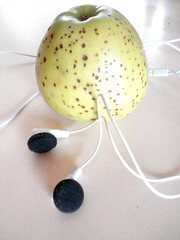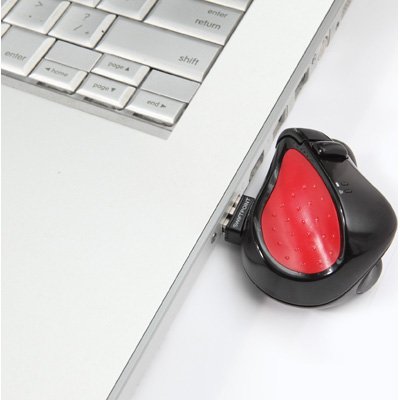
- Image by bootload via Flickr
Richard Whitehall, an industrial designer and partner at the multidisciplinary firm Smart Design, is looking to make the green option the more convenient one. By shifting the focus from individual products to experiences and systems, he and his team seek to understand how people interact with objects and information. It’s a design process that takes its cue from the cognitive and behavioral sciences, economics, and sociology. Whitehall doesn’t aim to just create sustainable products, but to convince people to behave in a more environmentally responsible way.
Clean Design, Messy Process
Clutter is pretty typical here. I design a lot of physical things, so there’s always this need to have physical things in my space. As part of our process, we tend to gather what’s currently on the market. Here, we have a number of toothbrushes and cleaning products. The question is: How do we persuade people, instead of buying plastic over and over, to buy cleaning products in, say, a large bag and then transfer it into a smaller reusable container? We’ve found that when people are shopping, they’re not really thinking. It’s very easy to pick the hand soap bottle that looks nice, instead of buying a bag of stuff, which doesn’t look as nice. People have difficulty taking the imaginative leap to really see the impact of such small decisions, but when you extrapolate that behavior to an entire population, it has a huge impact. We’re always looking at making the leap from a very small change in behavior to making millions of them throughout the product chain. So one of our goals is to persuade people, through cues.
![Reblog this post [with Zemanta]](http://img.zemanta.com/reblog_b.png?x-id=6cc546de-bbdf-4e29-b394-6c8803ae3dcd)








